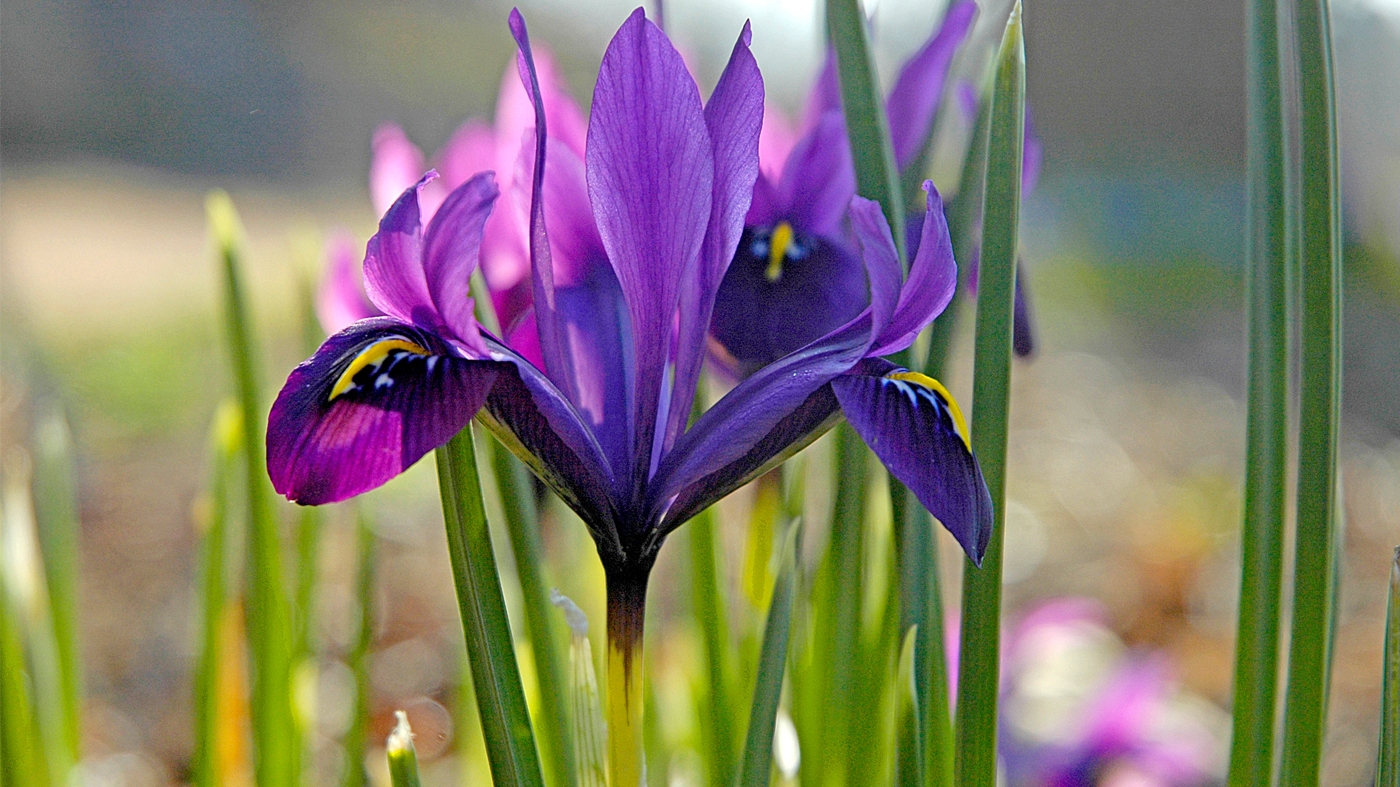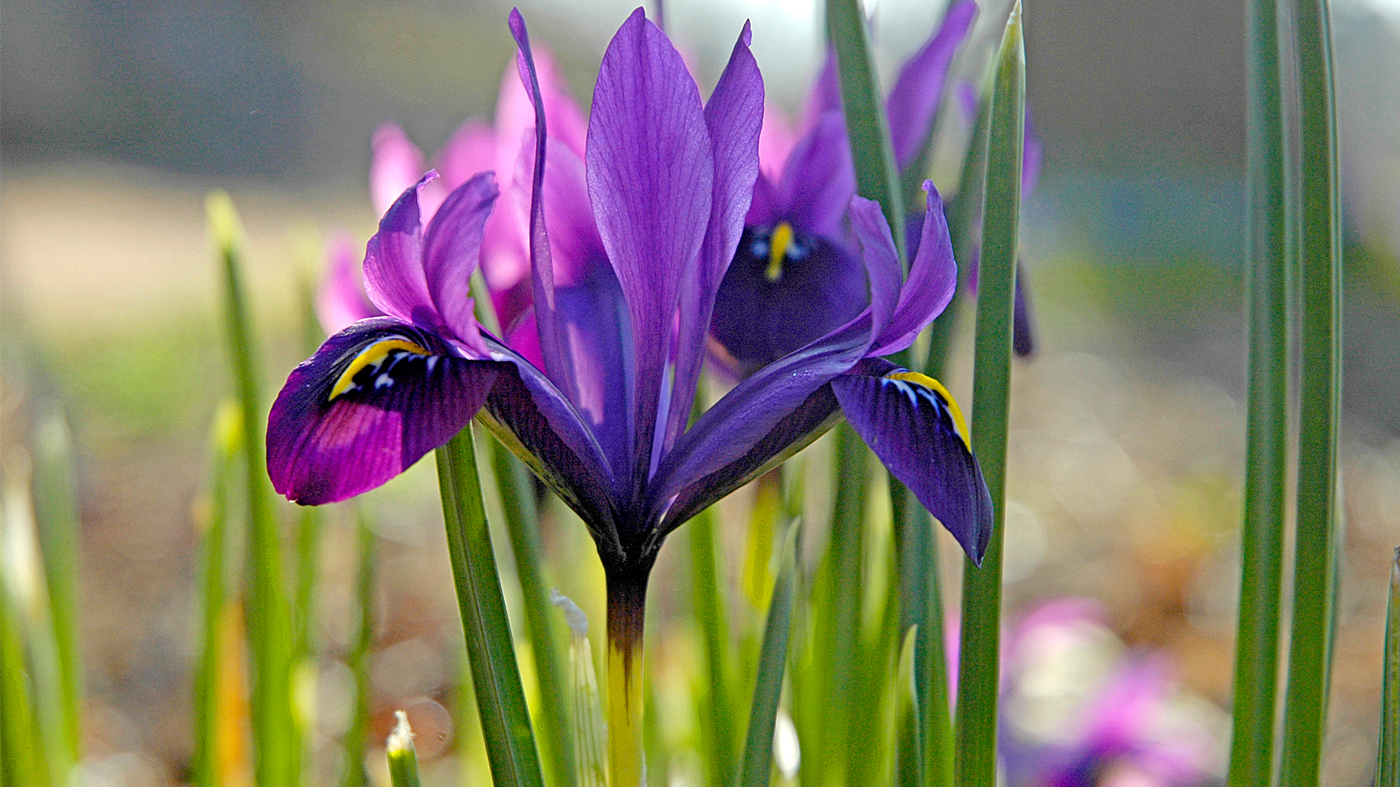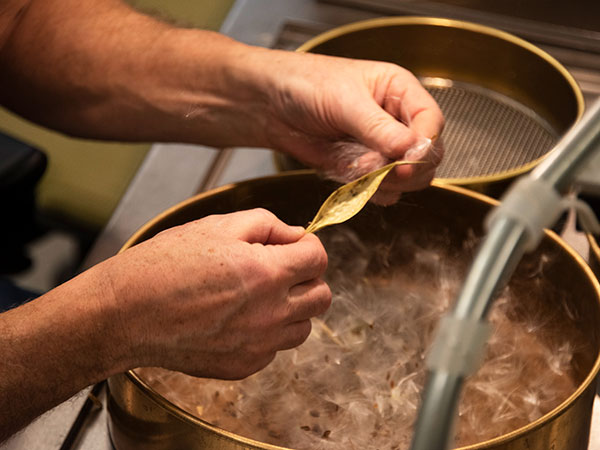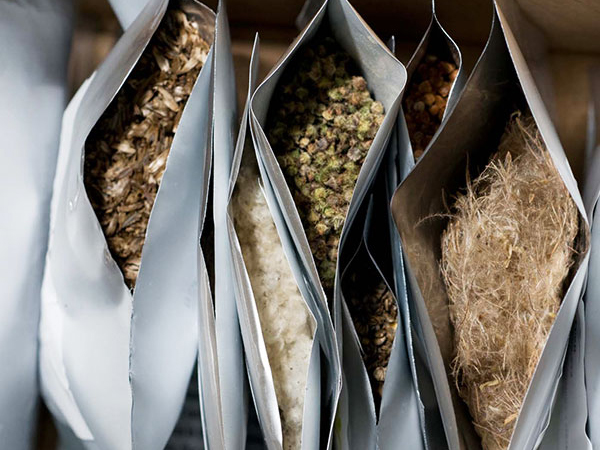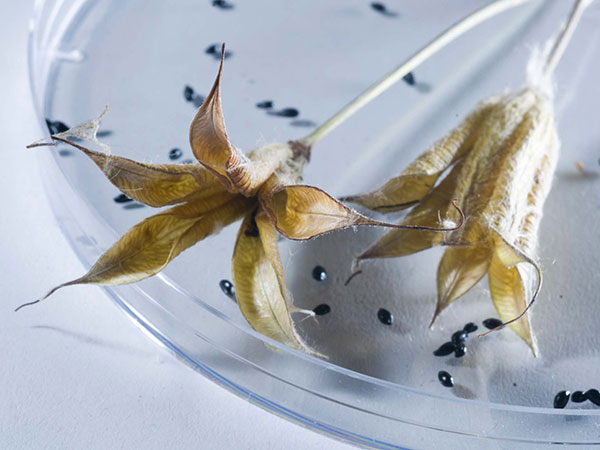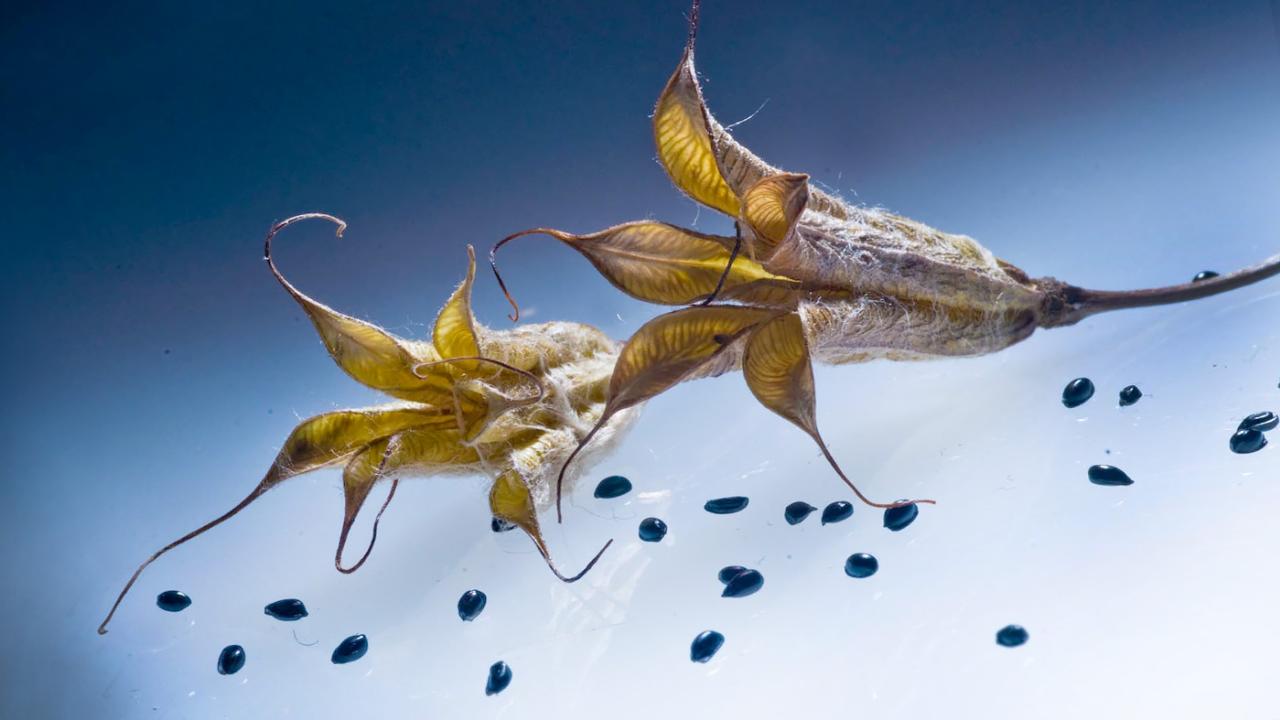

Saving Seeds
What the Garden Is Doing…and What You Can Do at Home
Safeguarding Long-term Survival
Environmental threats like urbanization, climate change, invasive species, and pollution have caused many plants to become rare or endangered. By banking seeds of these plants in safe storage, away from danger, the Chicago Botanic Garden is working to safeguard their long-term survival. Also known as ex-situ (offsite) conservation, seed banking native species guards against their disappearance in the wild and is an important way to conserve plant diversity.
Climate change occurred naturally over millennia, with most organisms either adapting or migrating in the face of such environmental change. Today, however, changes are occurring very rapidly and many species may not be able to adapt. Moreover, human development, and the corresponding loss of natural ecosystems, has blocked traditional migration pathways used by plants in response to climate change.
The Garden’s Dixon National Tallgrass Prairie Seed Bank houses seeds from native plants throughout the Midwest and Great Plains regions, with the goal of banking at least 10,000 seeds from 1,500 native species we have identified. Most of our seeds are banked here at the Garden, but a part of every collection is sent to other seed banks such as the international Millennium Seed Bank at the Royal Botanic Gardens in Kew, England, and to the National Center for Genetic Resources Preservation in Fort Collins, Colorado, as backup.
In an effort to extend our seed-banking impact, the Chicago Botanic Garden is working with local urban farmers trained to propagate native plant species and harvest and bank the seeds. In fact, banking seeds at home is quite easy — whether your motivation is to help preserve imperiled native species or simply to prolong the life of store-bought or garden-harvested seeds for future use. Read on for some tips to get you started.
Steps to Saving Seeds at Home
- Choosing which type of seeds you’d like to save. If purchasing from a garden store or from your own garden, it is best to use heirlooms: hybrids will not breed true. If harvesting seeds from your garden, start with one type of seed from each species (e.g., one type of cucumber, one type of tomato, etc.) to avoid cross-pollination. Just starting out? Tomatoes, cucumbers, cabbage, and purple coneflower are good choices.
- Harvesting from a living plant. Collect seeds when the weather is temperate and dry. Choose the most robust, disease-free plants. Be sure to harvest only seeds that are mature. Collect seeds from fruits and vegetables that are past the point of eating; they should be overripe, but not yet moldy, and seeds should be tan or light brown instead of white. If harvesting from flowers, wait until the bloom is faded and petals have dried/browned somewhat.
- Preparing seeds: dry vs. wet seed collection. Beans, peas, onions, carrots, corn, most flowers, and herb seeds can be spread on a piece of paper or towel in a dry location. Wet seeds—those contained in fleshy fruits or vegetables—should be scooped out and soaked in a container of warm water. Let the mixture sit for two to four days, stirring each day. After day four, the “good seeds” should sink. Spread the seeds on a paper towel to dry.
- Drying and storing seeds. There are two options for drying. You can go the easy route: separate seeds by type and place in individual paper bags in a cool, dry place for two to three weeks. Or, to ensure proper drying, you may wish to use silica gel. You can find silica gel at craft and hobby stores. Place silica beads in a container that seals airtight. Place seeds (separated and labeled by type) in small trays or cups on top of the silica beads in the box. Seal the container and store in a cool, dry place for seven days. When silica beads turn orange, the seeds are adequately dried. Seeds that are not properly dried may become moldy and unusable. Remove seeds, place them in an airtight container, and store in a cool and dry location (e.g., garage or refrigerator). Voilà, your own mini seed bank!
- Using Seeds. Seed viability decreases over time. Parsley, onion, and sweet corn must be used the next year. Most seed should be used within three years. To use seeds, remove your mini seed bank from storage. Allow the seeds to warm to room temperature before removing them from their containers. You are ready to plant!
At-a-Glance Glossary of Terms
Orthodox seeds: seeds that can be dried to low levels of humidity and frozen for long-term storage. Eighty percent of the plant species worldwide have orthodox seeds. Examples of orthodox crop plants: peas, corn, tomatoes. Examples of orthodox native grasses/plants: Little bluestem, big bluestem, purple coneflower, prairie dock.
Recalcitrant seeds: seeds that because of their physiological make (e.g., high food reserve, high oil content) are not conducive to dormancy. Local examples of recalcitrant seeds are oaks, walnuts, and maples—they germinate immediately with no dormancy. Many tropical rainforest plants also are recalcitrant, never going into true dormancy.
Open-pollinated plants: plants pollinated by wind, birds, and insects as opposed to self-pollinated plants or plants with controlled pollination (hybrids). Open-pollinated varieties mutate and adapt to local fluctuations. Generally, they are hardier than their hybrid counterparts and exhibit enhanced genetic diversity.
